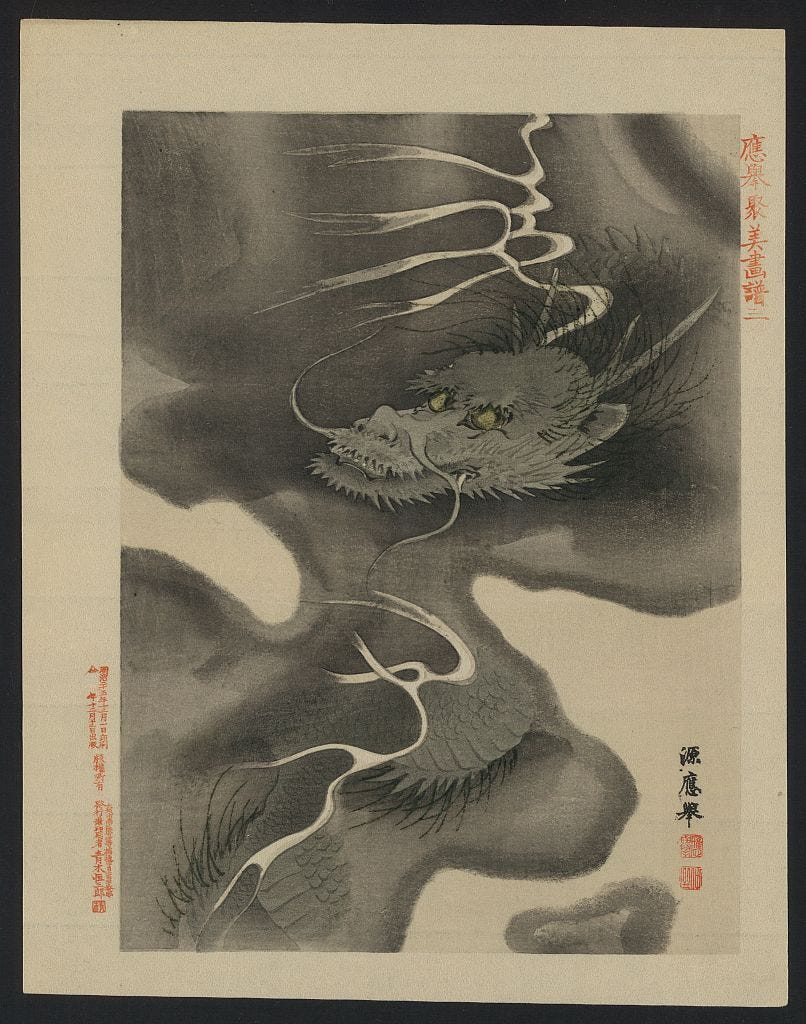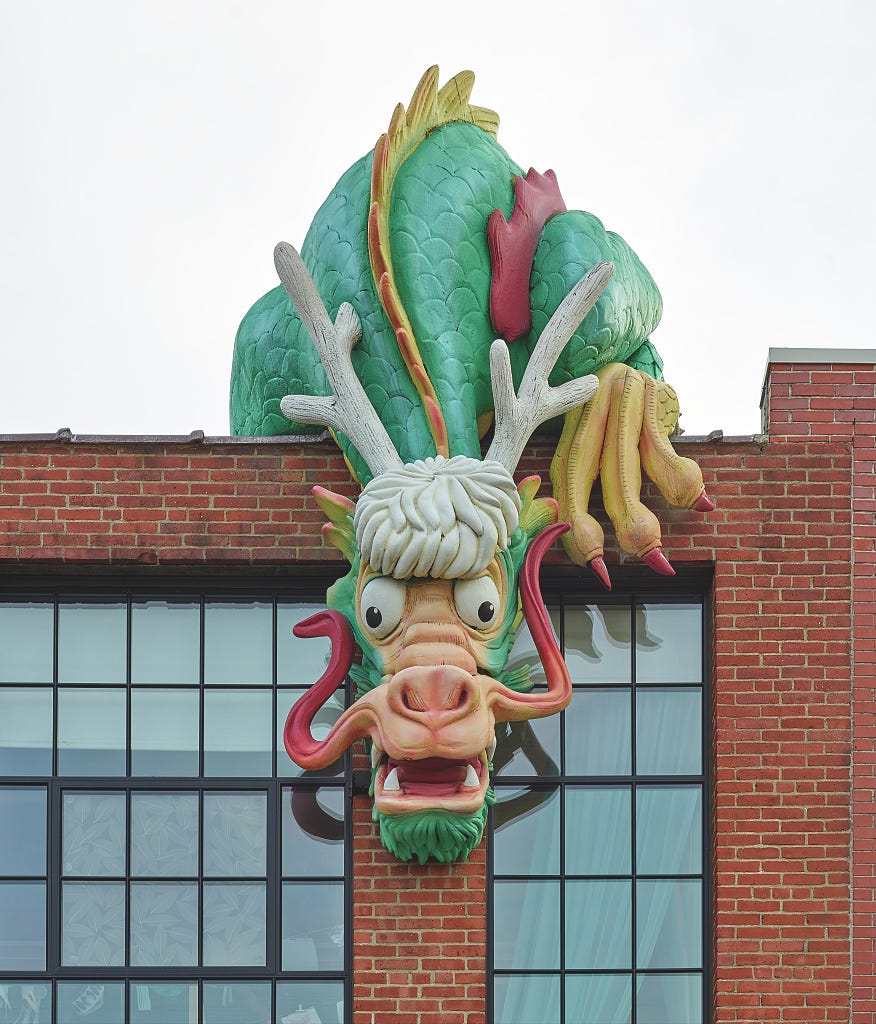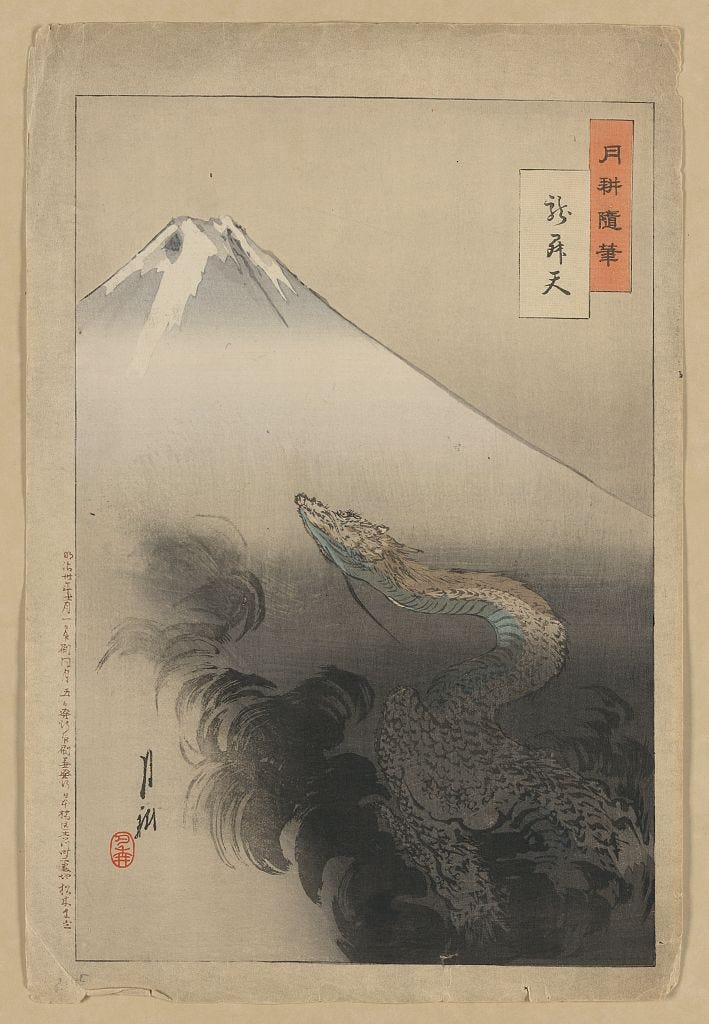
Four Things To Read
Interviews & Reviews — Green Linden Press: “ I like poems that gravitate toward the unknowable, or unsayable, or those moments that remain unresolved. This notion of “writing toward discovery” is something I try to enact in my work. I come from a tight-knit and loving family, but even so, there are things that are easier to say in a poem than at the dinner table. Elizabeth Bishop once wrote in a letter to Robert Lowell that “it’s almost impossible not to tell the truth in poetry.” Perhaps the distances that poetry and poetic craft provide enable us to speak and see more clearly.” Catherine Fletcher interviews Jared Hárel—both friends of mine—about his new book, “Let Our Bodies Change The Subject.” It’s a pleasure to read Jared being so clear-sighted about his own work, even when he’s talking about “the unknowable.” It’s an interview that might very well persuade to buy the book.
Supreme Court Decision on Reckless Speech Will Cost Victims of Stalking and Harassment, by Michelle Onello: “The Supreme Court issued a ruling on June 27 in Counterman v. Colorado, holding that a speaker’s subjective intention must be considered when determining whether speech is a ‘true threat’ and thus punishable notwithstanding the First Amendment. The decision requires that a speaker must have been aware of the ‘threatening character’ of the speech but delivered it anyway, and was thus reckless in their actions. The holding will limit protections for victims of stalking, verbal abuse and online harassment and increase the burden on prosecutors who must now provide evidence of the speaker’s state of mind.” If someone insists—and let’s be honest; this someone is most likely going to be a man—that he didn’t intend as threatening the emails/text/posts/images he sent over and over and over and over again to someone, most likely a woman, he is pursuing, how is a prosecutor going to prove otherwise?
Vagina Museum - Kunyaza: “The word of the day is "kunyaza". Kunyaza is a Rwanda-Rundi language word for a traditional sexual practice in Rwanda and regions around the Great Lakes which focuses on pleasure, and is said to result in squirting 90% of the time.” Need I say more? A Twitter thread well-worth reading.
The Seamstress Who Solved the Ancient Mystery of the Argonaut, Pioneered the Aquarium, and Laid the Groundwork for the Study of Octopus Intelligence, by Maria Popover: “Walking the shoreline and wading into the sea in her long skirts, [Jeanne Villepreux-Power] fell in love with one of Earth’s most alien life-forms: the small sepia-like octopus Argonauta argo, known as paper nautilus for the thin, intricately corrugated shell of its females and the sail-like membranes protruding from it like a pair of bunny ears.” Another woman whose contributions to science deserve to be better recognized.
Thanks for reading It All Connects...! Subscribe for free to receive new posts and support my work.
Four Things To See
Dragons from The Library of Congress
Cloud Dragon, by Morizumi, Tsurana, 1809-1892

Military Dragon, by Valturio, Roberto, 1405-1475

Friendly Dragon
An only mildly fierce dragon, hanging from the Providence Children's Museum in Providence, the capital of, and largest city in, Rhode Island. Originally created by Symmetry Products for a Chinese painting exhibit at the Museum of Fine Arts, Boston, it was moved to the roof of the Providence Children's Museum in 1997. The museum held a naming contest, and the dragon is called Nori. (Source: Providence Children's Museum article dated 2013, viewed 2023)

Ryu Shoten (Dragon Rising To the Heavens), Ogata, Gekkō, 1859-1920

Four Things To Listen To
Bam, Crack, Dot: Mah Jongg and Its Jewish-American Roots
Lynyrd Skynyrd - Freebird
Renaissance - Can You Understand
Habib Koité - Batoumambé - "Not all love ends in marriage"
Four Things About Me
I’ve been thinking lately about books that have changed me. I read the four I’ve taken down from my shelves and listed here when I was in my early to mid-twenties.
The Unborn: The Life and Teaching of Zen Master Bankei, first published by North Point Press in 1984, which is the edition I have. I could not articulate for you now just how this changed my life—it’s been that long since I read it—but I just took it down from my bookshelf. There are notes written all over the margins in my twenty-something-year-old handwriting, which is much more legible that how I write now, I think. It’s got me thinking that I should make a list of books I want to reread
On Call: Political Essays, by June Jordan, published in 1985 by South End Press, in particular the essay “The Blood Shall Be a Sign Unto You: Israel and South Africa.” For the first time in my life, I was confronted with a critique of Israel written by someone who wasn’t Jewish that also affirmed, without qualification, the importance of Israel to Jews and Jewish identity. The essay not only shifted the lens through which I understood the Palestinian-Israeli conflict; it was my first experience of a social justice argument that held two seemingly unresolvable, oppositional truths in balance. It set an example I have tried to live up to in my own writing ever since.
Five Bodies: The Human Shape of Modern Society, by John O’Neill, first published by Cornell University Press in 1985, which is the edition I have. This is another book filled with my own marginalia. O’Neill argues for the centrality of anthropomorphism to the making of human society and culture. It gave me my first taste of what a just politics rooted in human embodiment might be like. (It occurs to me now that it would be interesting to read this book next to Metaphors We Live By, by George Lakoff and Mark Johnson.)
Original Light: New & Selected Poems 1973-1983, by Albert Golbarth, published in 1983 by Ontario Review Press. I was entranced by the capaciousness of the intelligence at work in Goldbarth’s poetry, and by the way he gave often explicit voice—in an imagined if implicit dialogue with the reader—to the poem’s function as an exploration of truth. Goldbarth’s work allowed me to imagine directions for my own poetry that I would not realize for many years, but that I absolutely trace back to this book.
Photo by Erfan Pashangpour on Unsplash.
Thanks for reading It All Connects...! Subscribe for free to receive new posts and support my work.
A poet and essayist, I write about gender and sexuality, Jewish identity and culture, writing and translation. My goal? To make connections that matter. I also help other writers do the same.





